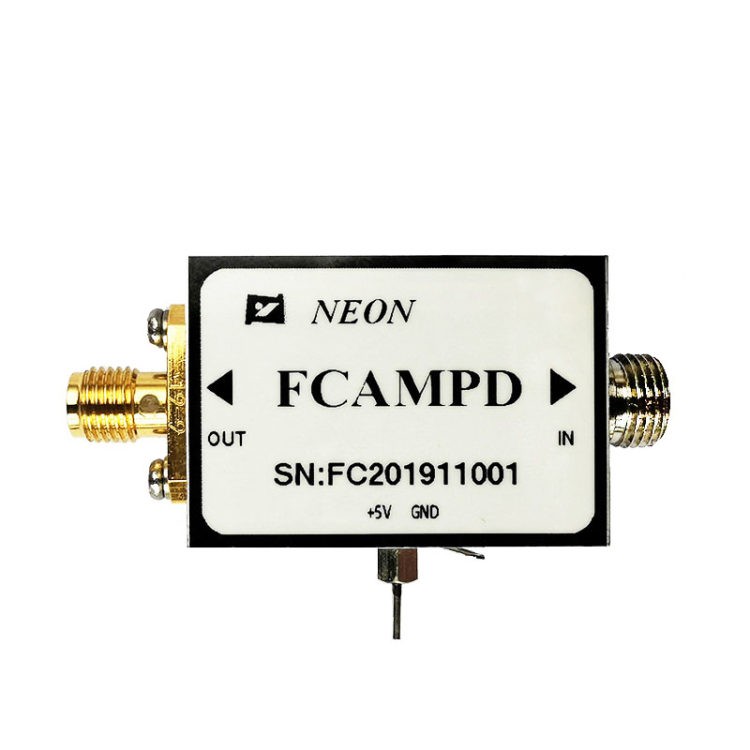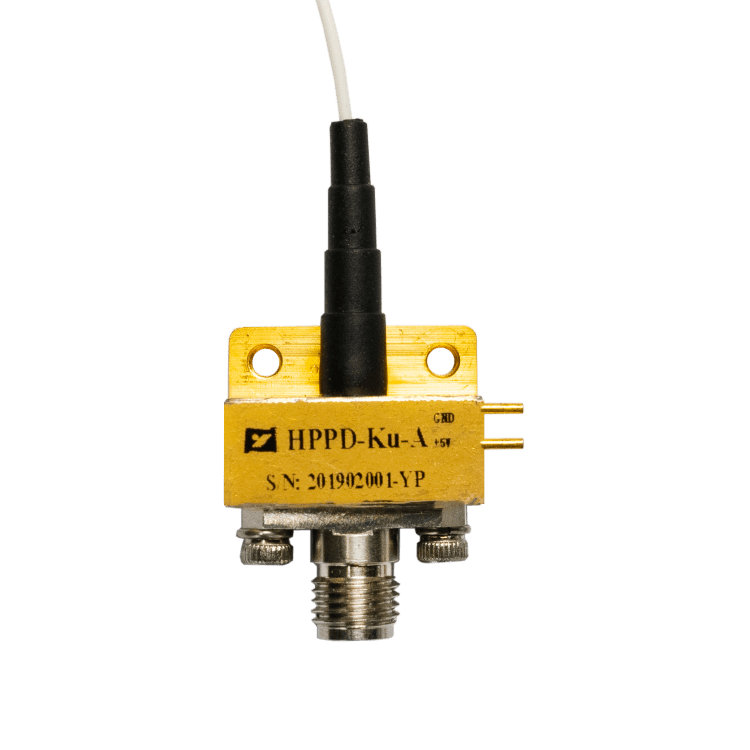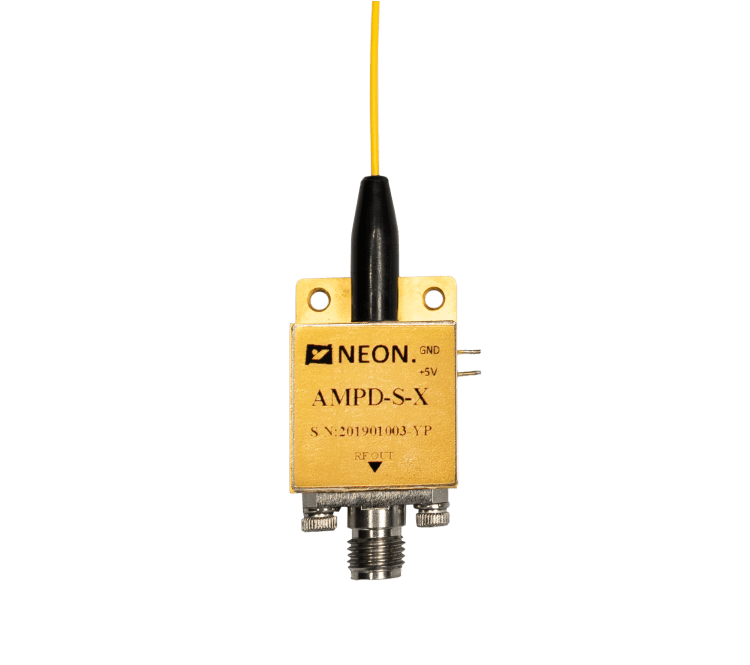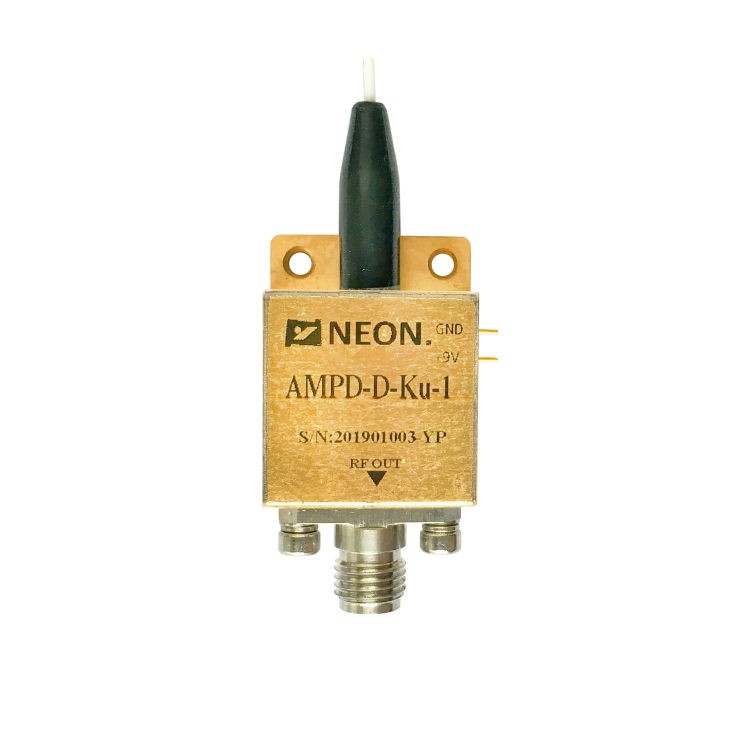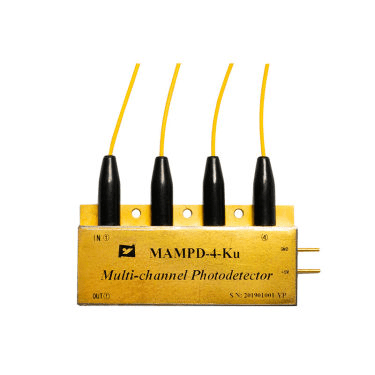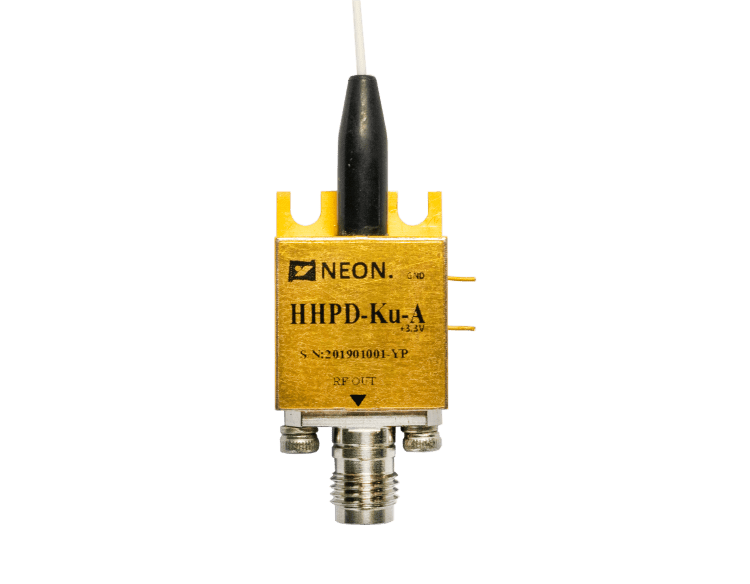Balanced Photodetector vs. Amplified Photodetector
Photodetectors are optoelectronic devices that convert light signals into electrical signals. These devices play a critical role in various applications, including optical communications, fiber optic sensors, and scientific instrumentation. A key factor affecting the performance of a photodetector is noise. Noise refers to any unwanted electrical signal that interferes with the desired light-induced signal. The presence of noise can reduce the signal-to-noise ratio (SNR) of the photodetector, limiting its ability to detect weak light signals.
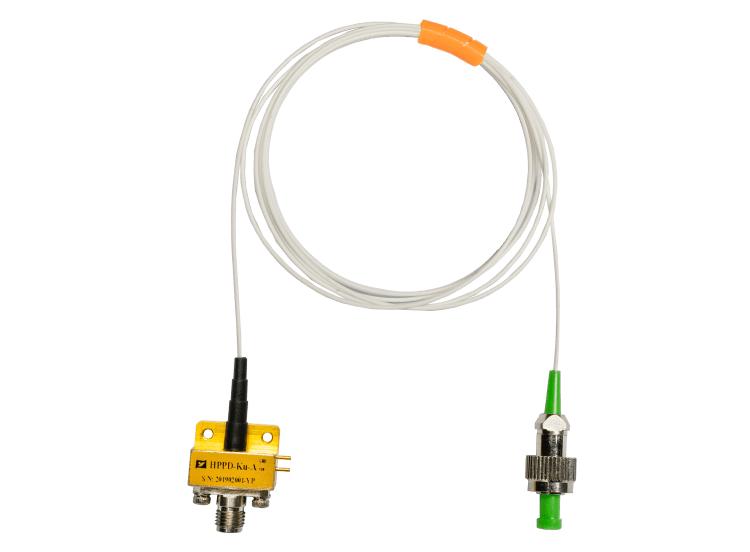
Balanced Photodetector
A balanced photodetector configuration employs two photodiodes and a subtractor circuit. The photodiodes are connected differentially, meaning that their outputs are subtracted from each other. This configuration offers a significant advantage in terms of common-mode noise rejection. Common-mode noise refers to electrical noise that affects both photodiodes identically. It can originate from various sources, such as power supply fluctuations, electromagnetic interference, and temperature variations.
The principle of operation of a balanced photodetector is based on the concept of differential detection. In differential detection, the desired signal is encoded in the difference between the outputs of the two photodiodes. Common-mode noise, on the other hand, affects both photodiodes equally and appears as a common component in their outputs. By subtracting the outputs of the two photodiodes using a subtractor circuit, the common-mode noise component is effectively canceled out.
Balanced photodetectors provide several advantages:
- Higher SNR for weak signals: By eliminating common-mode noise, balanced photodetectors can achieve a significantly higher SNR compared to single photodiodes, particularly for weak light signals. This improvement in SNR translates to a more accurate and reliable detection of low-level light.
- Improved sensitivity for low-light applications: The enhanced SNR of balanced photodetectors makes them ideal for applications where light levels are low, such as optical fiber communications over long distances or biomedical sensors for detecting faint biological signals.
However, balanced photodetectors also have some drawbacks:
- Increased complexity compared to single photodiodes: The balanced configuration necessitates two photodiodes and a subtractor circuit, which increases the complexity of the design and fabrication process compared to a single photodiode.
- Potential for mismatch between photodiodes reducing effectiveness: The effectiveness of common-mode noise rejection in balanced photodetectors relies on the close matching of the characteristics of the two photodiodes. Any mismatch between the photodiodes, such as variations in responsivity or capacitance, can deteriorate the noise cancellation performance.
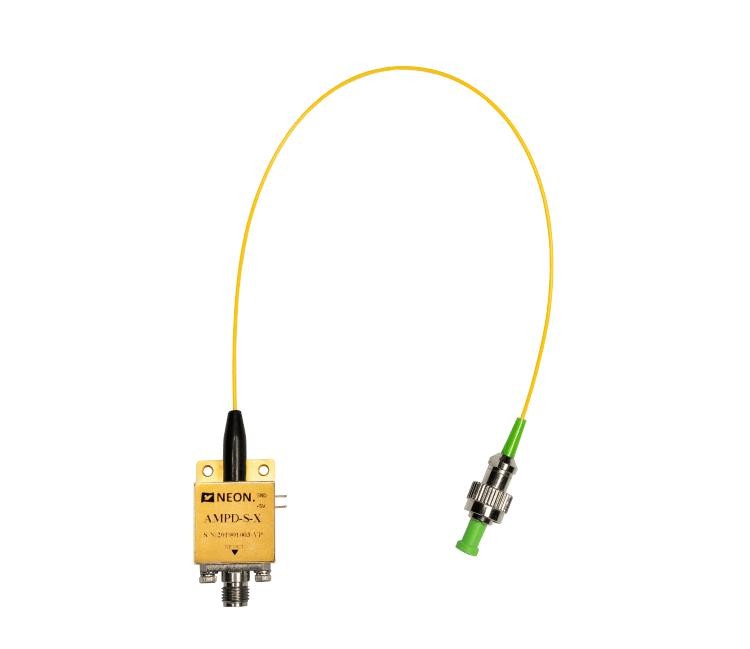
Amplified Photodetector
Amplified photodetectors are another category of photodetectors that employ a mechanism to increase the strength of the signal generated by the photodiode. There are two main types of amplified photodetectors: trans-impedance amplifiers (TIAs) and avalanche photodiodes (APDs).
- Transimpedance Amplifier (TIA): A transimpedance amplifier (TIA) is an electronic circuit specifically designed to amplify the current generated by a photodiode. The TIA provides a high input impedance, which allows most of the photocurrent to flow through the amplifier without being attenuated. The gain of the TIA is carefully chosen to optimize the signal strength while minimizing noise introduced by the amplification process.
- Avalanche Photodiode (APD): An avalanche photodiode (APD) is a specialized type of photodiode that incorporates an internal gain mechanism. When light is absorbed in the APD’s depletion region, electron-hole pairs are generated. These charge carriers can gain additional energy through a process called impact ionization and create further electron-hole pairs. This avalanche multiplication process results in an internal gain of the photocurrent, effectively amplifying the signal at the detector itself.
Amplified photodetectors offer several benefits:
- Increased signal strength for various light levels: By amplifying the photocurrent, amplified photodetectors can improve the signal strength for various light levels, making them suitable for a wider range of applications.
- Simpler design: TIAs typically require fewer components than balanced photodetectors, resulting in a simpler design and potentially lower fabrication costs.
However, amplified photodetectors also have some limitations:
- Increased noise introduced by the amplification process (TIA): The amplification process in a TIA can introduce additional noise, which can degrade the overall SNR if not carefully managed.
- Increased noise inherent to the APD mechanism: APDs exhibit a higher inherent noise level compared to standard photodiodes due to the avalanche multiplication process. This increased noise can partially offset the gain advantage of APDs.
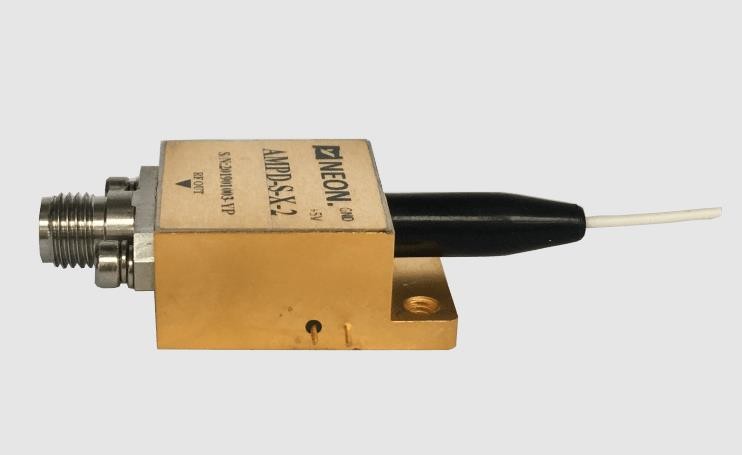
Choosing Between Balanced and Amplified Photodetector
The choice between a balanced photodetector and an amplified photodetector depends on several key factors specific to the application:
- Importance of high SNR vs. simplicity: If achieving a high SNR for weak light signals is paramount, a balanced photodetector is the preferred choice, despite its increased complexity. However, if simplicity and ease of implementation are primary concerns, an amplified photodetector may be a better option, especially for applications with moderate light levels and less stringent SNR requirements.
- Light level expected in the application: Balanced photodetectors excel in low-light scenarios where maximizing SNR is crucial. Amplified photodetectors can handle a wider range of light levels, making them suitable for both moderate and high-light applications. However, for very low light levels, the increased noise introduced by the amplification process in TIAs or the inherent noise of APDs can negate their gain advantage.
- Sensitivity requirements: For applications demanding high sensitivity, such as detecting faint bioluminescence signals or weak optical pulses, balanced photodetectors offer a clear advantage due to their superior SNR performance at low light levels.
- Bandwidth requirements: The bandwidth of a photodetector refers to the range of frequencies it can effectively detect. Balanced photodetectors typically have a wider bandwidth compared to APDs. This is because the avalanche multiplication process in APDs introduces additional time delays that can limit their high-frequency response. If a broad bandwidth is essential for the application, a balanced photodetector might be the better choice.
- Cost considerations: Balanced photodetectors typically have a higher cost due to their more complex design with additional components. TIAs offer a more cost-effective solution compared to balanced photodetectors or APDs. However, the cost advantage of TIAs needs to be weighed against their potential limitations in terms of SNR, especially for low-light applications.
Conclusion
Balanced and amplified photodetectors represent two distinct approaches to improving the performance of photodetectors. Balanced photodetectors excel in maximizing SNR for weak light signals by effectively suppressing common-mode noise. Amplified photodetectors provide a simpler design and offer increased signal strength for a wider range of light levels. The optimal choice between these two types depends on the specific requirements of the application, considering factors such as SNR importance, light level, sensitivity needs, noise tolerance, bandwidth, and cost considerations. By carefully evaluating these factors, engineers can select the most appropriate photodetector technology to achieve optimal performance in their light detection systems.


